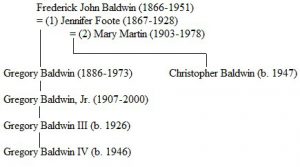 A (non-genealogical) post I read recently involved someone referring to a relative of an older generation as a “second cousin.” I asked further about the kinship, and this person was actually the author’s mother’s first cousin, and thus the author’s “first cousin once removed,” which is a common mistake in kinship assignment. However, it got me thinking about how much “generational spread” can occur even in a comparatively short period of time. Continue reading Generational spread
A (non-genealogical) post I read recently involved someone referring to a relative of an older generation as a “second cousin.” I asked further about the kinship, and this person was actually the author’s mother’s first cousin, and thus the author’s “first cousin once removed,” which is a common mistake in kinship assignment. However, it got me thinking about how much “generational spread” can occur even in a comparatively short period of time. Continue reading Generational spread
Tag Archives: Critical Analysis
Finding Hattie
Recently, while leafing through an old album of my father’s family, I came across two large adjacent cabinet card photos of a couple I didn’t know labeled “Hattie Gordon” and “Lawrence Gordon.” There is only one Hattie Gordon (Harriett Frances Gordon Cony, 1849–1922) in my family tree, and this lady is not she; there is no Lawrence Gordon, either. Had I missed some cousins? An aunt or uncle, long-lost or abandoned? Maybe they were just good friends of the family. The questions began circling. No one I asked recognized these people or their names. Of course, I had to figure out who they were and why they were in this album (organizing materials can wait, right?). Continue reading Finding Hattie
Who was Magaretha Schmitt?
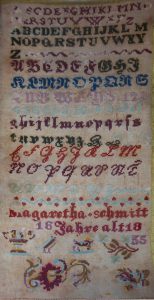 When I first started researching my family I found an antique cross-stitch sampler that was passed down through my maternal grandmother’s family. I was eager to discover which of my ancestors had made it and I thought it should be easy to figure out. After all, it spelled out the stitcher’s name and age.
When I first started researching my family I found an antique cross-stitch sampler that was passed down through my maternal grandmother’s family. I was eager to discover which of my ancestors had made it and I thought it should be easy to figure out. After all, it spelled out the stitcher’s name and age.
First, I examined the sampler. It was faded but still legible and was sewn with Roman and Gothic alphabets, as well as floral and animal motifs. It also contained the words “Magaretha Schmitt 16 Jahre alt 1855.” The German “Jahre alt” translated to “years old.” This would make Magaretha 16 years old when she finished the sampler in 1855. I concluded she was probably born about 1839 and likely of German descent because of the German language and alphabets. Continue reading Who was Magaretha Schmitt?
Also known as

Many of the vernacular photos I’ve bought in the last few months have no information about the sitter – sometimes the subject is identified by a nickname, such as “Stinky.” I recently bought an intriguing image of a man (apparently) dancing, and I was delighted to find his full name and date of birth on the reverse: Cecil Calvert Taliaferro, born 24 January 1922.
A glance at Ancestry.com for Cecil suggested a complex identity: he appears in the Social Security Applications and Claims Index as Cecil Calvert Taliaferro (born 24 January 1923), also known as Chet Tolliver, also known as Chet Toliver. It is as Cecil Taliaferro that he is buried at Melvin Cemetery in Melvin, McCulloch County, Texas, but Ancestry links Cecil and Chet at the Social Security Death Index. Continue reading Also known as
New Englanders in the South

Earlier this month I went to the National Genealogical Society conference in Raleigh, North Carolina; it was my first time in the Tar Heel State. While I have many southern ancestors who started out in Virginia and Maryland before heading west, none of them – as far as I have found – lived in North Carolina or further south. However, through some of my New England ancestry in Connecticut, I have a brief connection to North Carolina in the late seventeenth century. While not necessarily the “normal” migration, there are several cases of New Englanders going south rather than west, many times settling there permanently. Continue reading New Englanders in the South
‘For a wolf to an Indian’
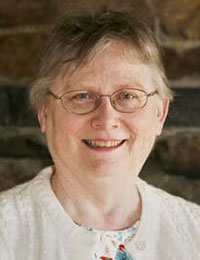 I have just received the last volume in Jeremy Dupertuis Bangs’ Plymouth Colony town records series – see my earlier post on the records of Sandwich and Eastham. The Town Records of Duxbury, Bridgewater, and Dartmouth during the Time of Plymouth Colony, 1620–1692, like Sandwich and Eastham, is published on-demand through Lulu.com. Jeremy also has two other volumes available through Lulu.com: the town records of Marshfield and Plymouth Colony Records. Deeds, &c. vol. II, 1651–1663. I have these latter two on order.
I have just received the last volume in Jeremy Dupertuis Bangs’ Plymouth Colony town records series – see my earlier post on the records of Sandwich and Eastham. The Town Records of Duxbury, Bridgewater, and Dartmouth during the Time of Plymouth Colony, 1620–1692, like Sandwich and Eastham, is published on-demand through Lulu.com. Jeremy also has two other volumes available through Lulu.com: the town records of Marshfield and Plymouth Colony Records. Deeds, &c. vol. II, 1651–1663. I have these latter two on order.
The arrangement of this new volume is identical to that of Sandwich and Eastham, with names indexed to the dates of records in the Records Calendar that includes abstracts from both town and colony sources. The Calendar, in turn, then refers to the page number of the original transcription in the Records Transcriptions section. Continue reading ‘For a wolf to an Indian’
The genealogist’s friend
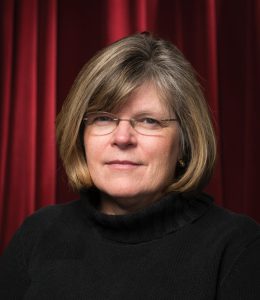 Shortly after I began work at NEHGS about ten years ago, we went into all-hands-on-deck mode. The occasion was the National Genealogical Society’s annual conference, which was in Boston that year and bringing many visitors to the building. A newbie, I was assigned the non-genealogical task of welcoming people at the door. The first person arrived, pulling a wheelie bag behind her. “Hello!” I said. “May I store your bag?” Everyone froze. A hushed silence fell. Finally someone clued me in: “Penny. That’s her research!” Oh. Continue reading The genealogist’s friend
Shortly after I began work at NEHGS about ten years ago, we went into all-hands-on-deck mode. The occasion was the National Genealogical Society’s annual conference, which was in Boston that year and bringing many visitors to the building. A newbie, I was assigned the non-genealogical task of welcoming people at the door. The first person arrived, pulling a wheelie bag behind her. “Hello!” I said. “May I store your bag?” Everyone froze. A hushed silence fell. Finally someone clued me in: “Penny. That’s her research!” Oh. Continue reading The genealogist’s friend
Correcting an error
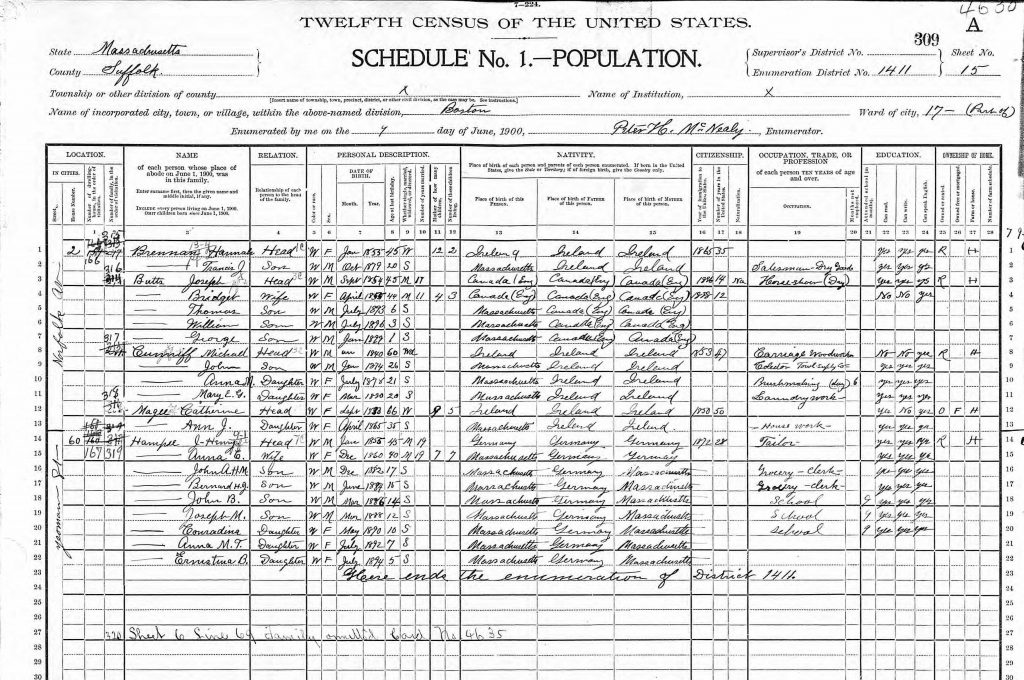 Recently, I’ve started visiting the cemeteries of my ancestors. Fortunately, most of my maternal ancestors stayed in the Boston area after immigrating, so it hasn’t been too difficult.
Recently, I’ve started visiting the cemeteries of my ancestors. Fortunately, most of my maternal ancestors stayed in the Boston area after immigrating, so it hasn’t been too difficult.
A few months ago, I visited St. Joseph’s Cemetery in West Roxbury in search of the headstone of my great-great-grandparents, John Henry and Anna K. (Ulrich) Hampe. After searching for some time, I finally came to the Hampe plot. Listed on the headstone are John and Anna, as well as their children Joseph M., Bernard J., Anna M., and B. Ernestine Hampe. Though I was happy to take a few pictures, I couldn’t help but feel a flicker of disappointment. With the exception of Joseph, the other Hampes buried at St. Joseph’s Cemetery only list their birth and death year, rather than the full dates of those events. Continue reading Correcting an error
A hint of personality
 Behind the scenes, the NEHGS web team is hard at work preparing the searchable version of our Roman Catholic Archdiocese records. As part of that process, our volunteers create spreadsheets that associate information with a specific image file. I proofread these spreadsheets as part of our quality control process.
Behind the scenes, the NEHGS web team is hard at work preparing the searchable version of our Roman Catholic Archdiocese records. As part of that process, our volunteers create spreadsheets that associate information with a specific image file. I proofread these spreadsheets as part of our quality control process.
I’ve recently encountered some confirmation records and was intrigued by their potential value to genealogists. Most confirmation records do not contain parents’ names – they usually just consist of a last name, first name, date, and maybe a sponsor. Continue reading A hint of personality
Follow that salesman
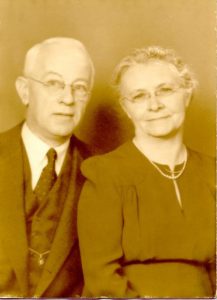
As the New England Regional Genealogical Conference was held recently in Springfield, Massachusetts, I am reminded of my brief genealogical connection to that city and the incredible value of city directories. Springfield is the birthplace of my paternal grandmother, Elizabeth Peltz Helman, who was born there 9 September 1914 at 20 Converse Street. However the family only lived there two years before moving on. Her father, Gilbert Wayne Helman (1882–1945), was a travelling salesman who for the better part of twenty-plus years never lived in the same city for long. City directories (along with a few other records) allow me get a nearly complete timeline of someone who was constantly “on the move.”
Gilbert was born in Philadelphia 12 March 1882, the elder of the two sons of Herbert Heath and Mary Rosella (Through) Helman. Continue reading Follow that salesman

